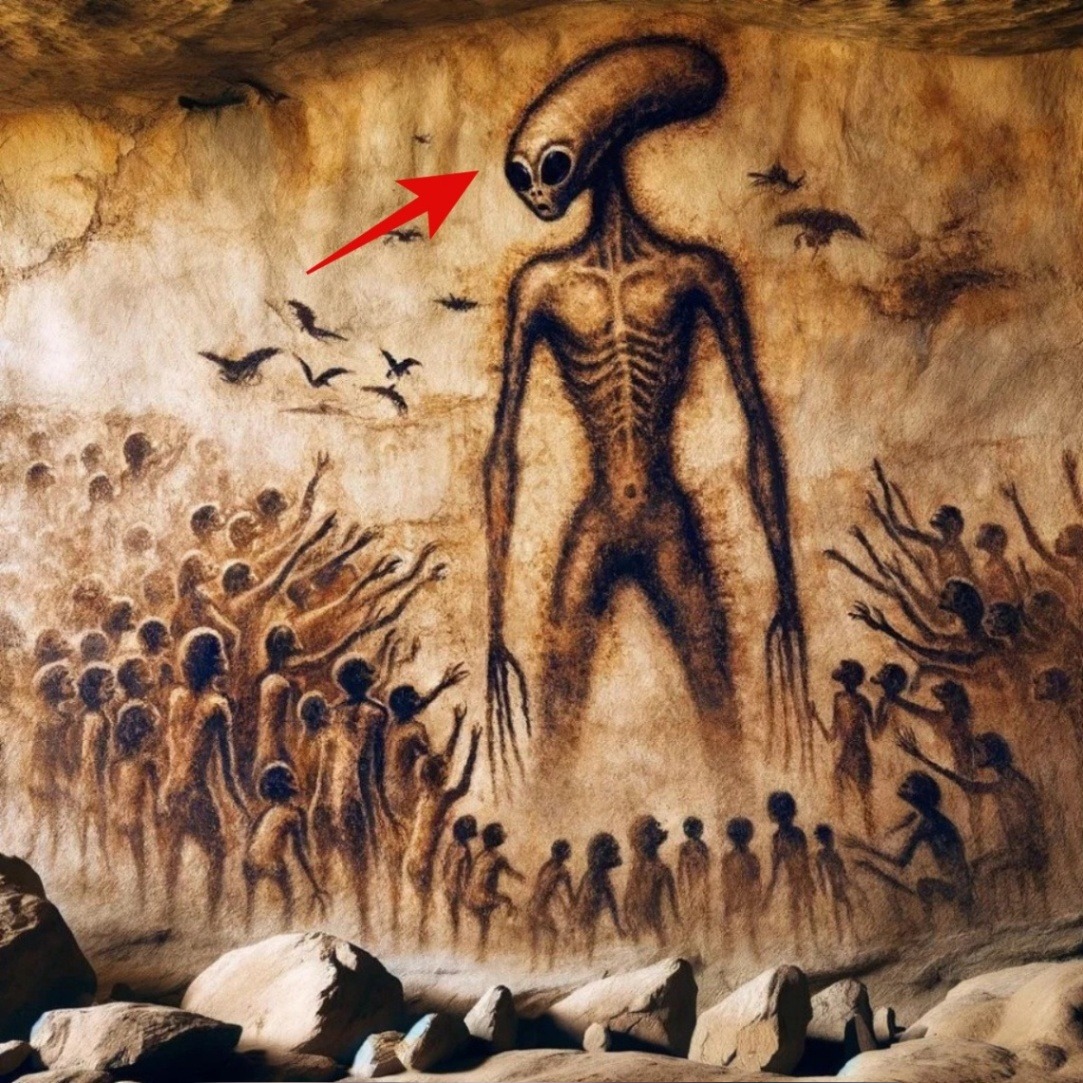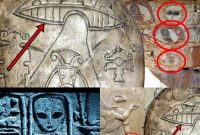Nestled deep within the arid expanse of the Sahara Desert, the Tassili N’Ajjer plateau stands as a silent witness to the passage of time, its rugged sandstone cliffs adorned with ancient rock art dating back thousands of years. Among the myriad of symbols, animals, and human figures etched onto these weathered canvases are enigmatic depictions that have long puzzled researchers and ignited speculation about the possibility of ancient encounters with extraterrestrial beings. In this exploration, we delve into the captivating world of Tassili N’Ajjer’s mysterious images, probing their origins, meanings, and potential connections to visitors from beyond the stars.
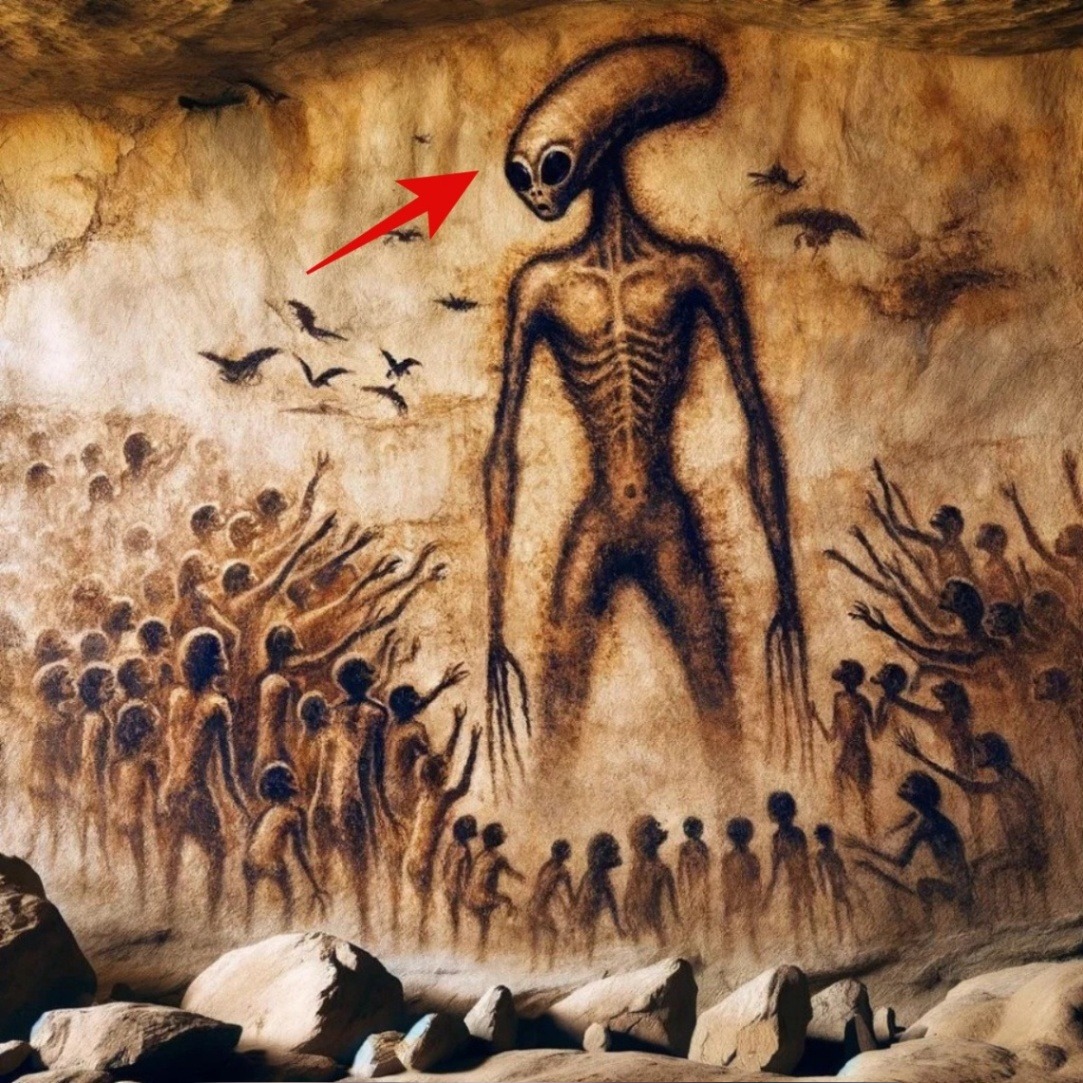
The rock art of Tassili N’Ajjer represents a rich tapestry of human creativity and expression, offering invaluable insights into the lives, beliefs, and cultural practices of prehistoric peoples. Spanning thousands of years and encompassing diverse artistic styles, these ancient canvases provide a window into the spiritual, social, and symbolic dimensions of ancient life.
Amidst the pantheon of motifs adorning the cliffs of Tassili N’Ajjer are peculiar images that defy easy interpretation. Among these anomalous depictions are humanoid figures with elongated heads, almond-shaped eyes, and otherworldly features, bearing an uncanny resemblance to modern-day portrayals of extraterrestrial beings. These enigmatic images, often referred to as “Tassili Figures,” have sparked intense debate among archaeologists, anthropologists, and ufologists alike, each offering their own theories and interpretations.
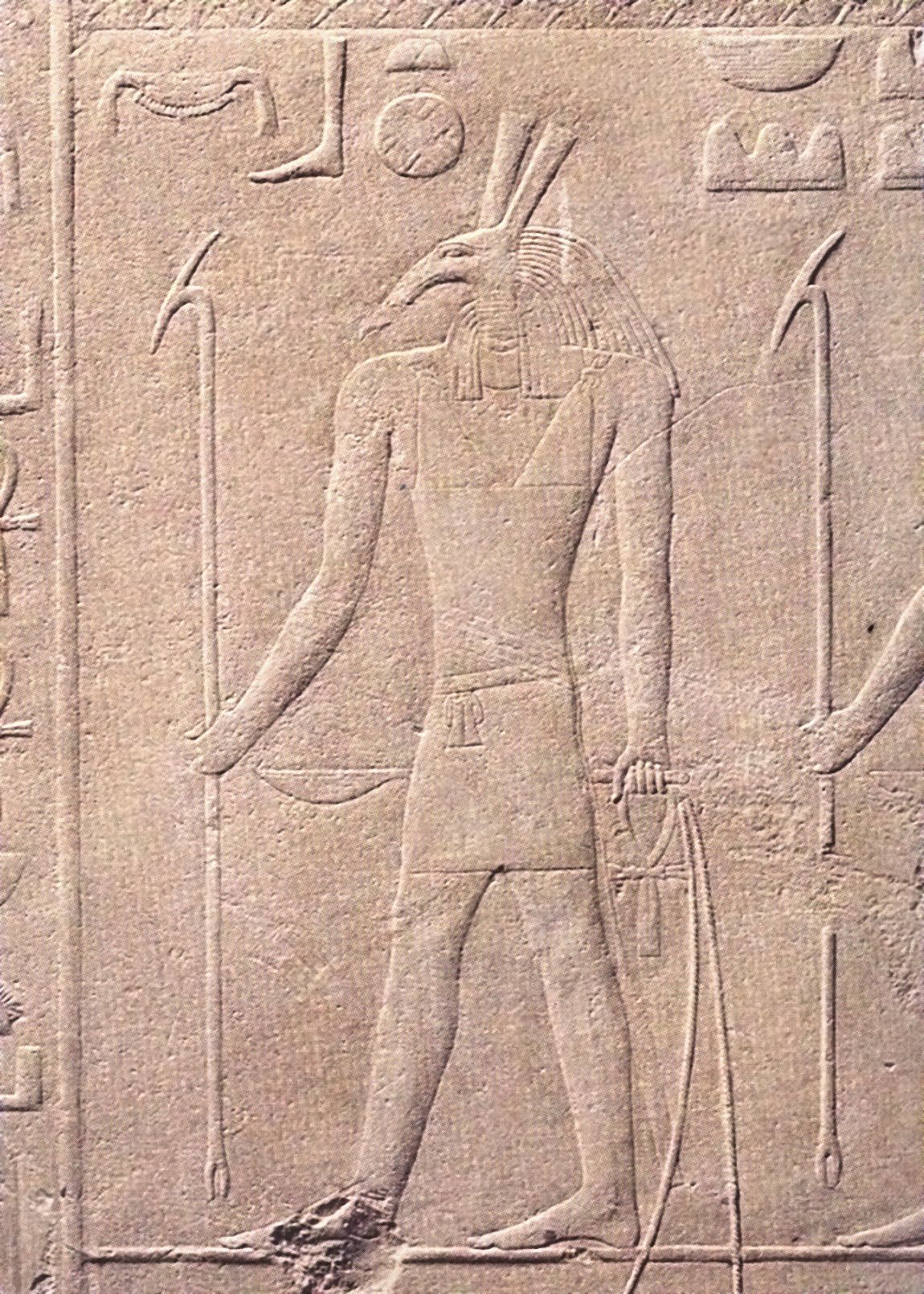
Proponents of the ancient astronaut theory argue that the anomalous images found at Tassili N’Ajjer may provide evidence of ancient contact between humans and visitors from other worlds. According to this controversial hypothesis, the Tassili Figures represent depictions of extraterrestrial beings encountered by ancient inhabitants of the region, preserved for posterity in the form of rock art.
Supporters of the ancient astronaut theory point to the striking similarities between the Tassili Figures and modern-day accounts of alien encounters, as well as the prevalence of similar motifs in other ancient cultures around the world. They suggest that these recurring themes may represent shared cultural memories of contact with advanced civilizations from distant planets, transmitted through the ages via oral tradition and artistic expression.
The mysterious images adorning the rocks of Tassili N’Ajjer continue to defy easy explanation, fueling speculation about the possibility of ancient encounters with extraterrestrial beings. While mainstream scholars attribute these anomalous depictions to artistic symbolism or cultural expression, proponents of the ancient astronaut theory offer a provocative alternative interpretation, suggesting that they may hold clues to humanity’s extraterrestrial past.
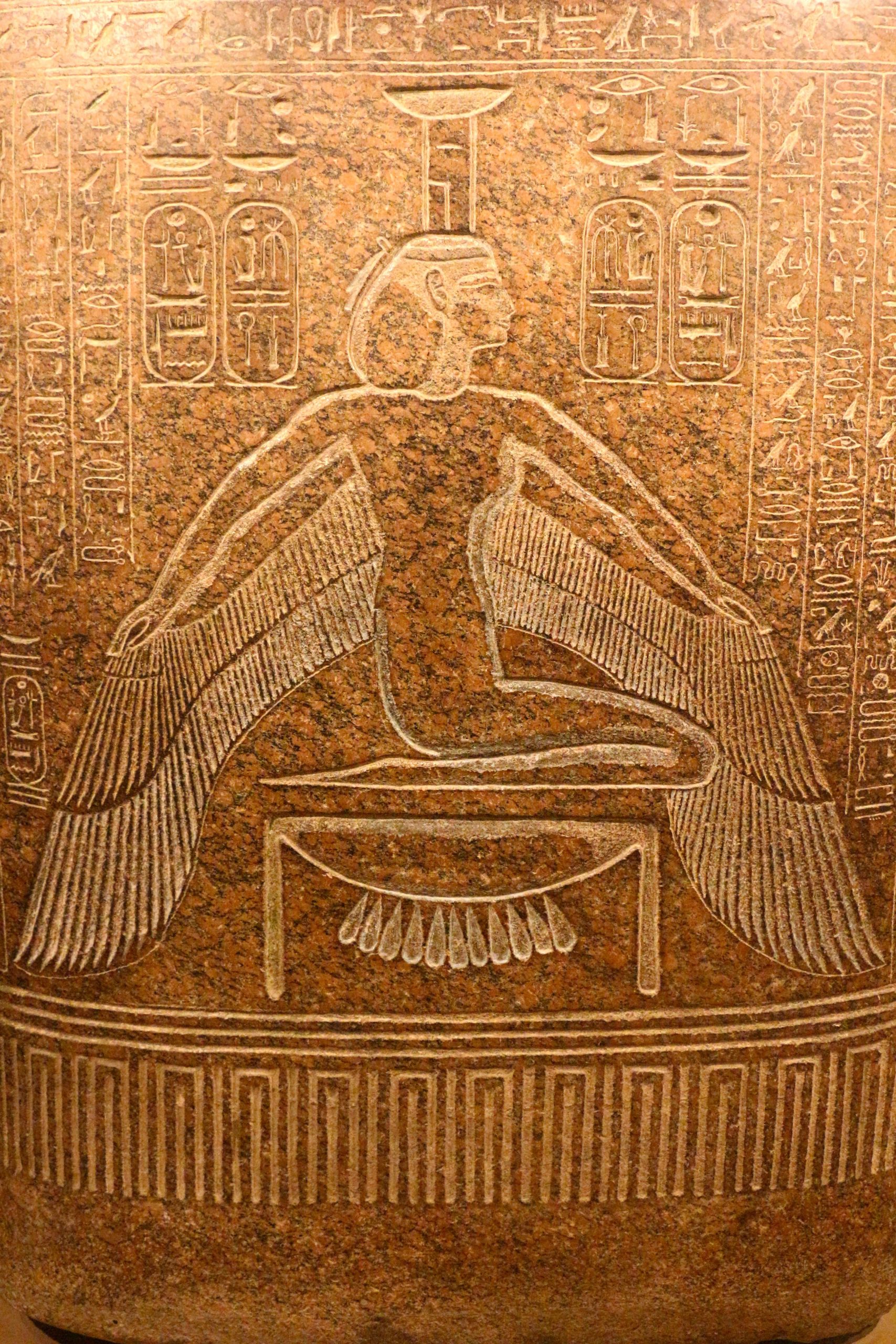
Whether the truth behind the Tassili N’Ajjer rock art remains shrouded in mystery or eventually comes to light, the allure of this ancient enigma continues to captivate the imagination of researchers and enthusiasts alike. As we continue to probe the depths of Tassili N’Ajjer’s mysteries, we are reminded of the vastness of the cosmos and the enduring quest to unravel the secrets of our universe.

